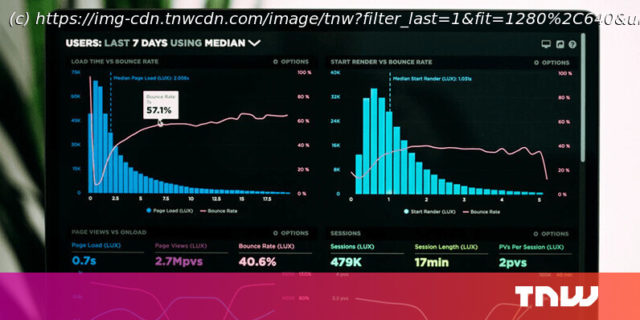Sprint: Did you know we have an online conference about product design coming up? SPRINT will cover how designers and product owners can stay ahead of the curve in these unprecedented times. Dashboards are a unique and powerful way to present data-based intelligence using data visualization techniques that display relevant, actionable data as well as…
Sprint: Did you know we have an online conference about product design coming up? SPRINT will cover how designers and product owners can stay ahead of the curve in these unprecedented times.
Dashboards are a unique and powerful way to present data-based intelligence using data visualization techniques that display relevant, actionable data as well as track stats and key performance indicators (KPIs). Dashboards should present this data in a quick, easy-to-scan format with the most relevant information understandable at a glance.
The term was born from the traditional automobile dashboard, and they have evolved to serve the same function in the digital world. In his book, Stephen Few put it best:
In this article, we outline strategic, analytical, operational, and informational examples as well as the fundamental principles that lie at the heart of every successful dashboard design, regardless of its type.
Having the right approach to data visualization is a key feature in laying the foundation of a successful dashboard. Data visualization is the presentation of data via graphics and pictures—its primary objective is to help decision makers identify patterns or understand difficult concepts that may go undetected in text-based applications.
In their book, Data Visualization, Noah Iliinsky and Julie Steele state:
An effective dashboard shows actionable and useful information at a glance. It simplifies the visual representation of complex data and helps stakeholders understand, analyze, and present key insights.
An initial customization of visual data and information to key user requirements will help improve usability and eliminate the need for different user personas.
In a world overwhelmed with data, providing clear information is one of the most difficult things to accomplish. Presenting only the most relevant data on dashboards is essential—the more information we display, the harder it is for users to find what they need.
When faced with too much data to select from, designers should display only the most relevant subset. We need to prioritize and carefully remove misleading and unclear metrics.
Effective dashboard design decisions should be guided by:
The core objective of a dashboard is to make complex information accessible and easy to digest. Therefore, the interface presenting the data should be clean and straightforward in order to minimize users’ cognitive load and time spent searching.
The information architecture should present the essential data first while allowing access to supporting or secondary metrics. A progressive drill-down system should be designed that starts with a general overview and then goes into more detail—it facilitates data prioritization, and creates clarity.





![Jakie sklepy są otwarte 1 MAJA? Żabka, Stokrotka, Carrefour [GODZINY OTWARCIA]](http://nhub.news/wp-content/uploads/2024/05/thumb883d9b16981d1adde9c4a9c6dedcfbf2-100x75.jpeg)
